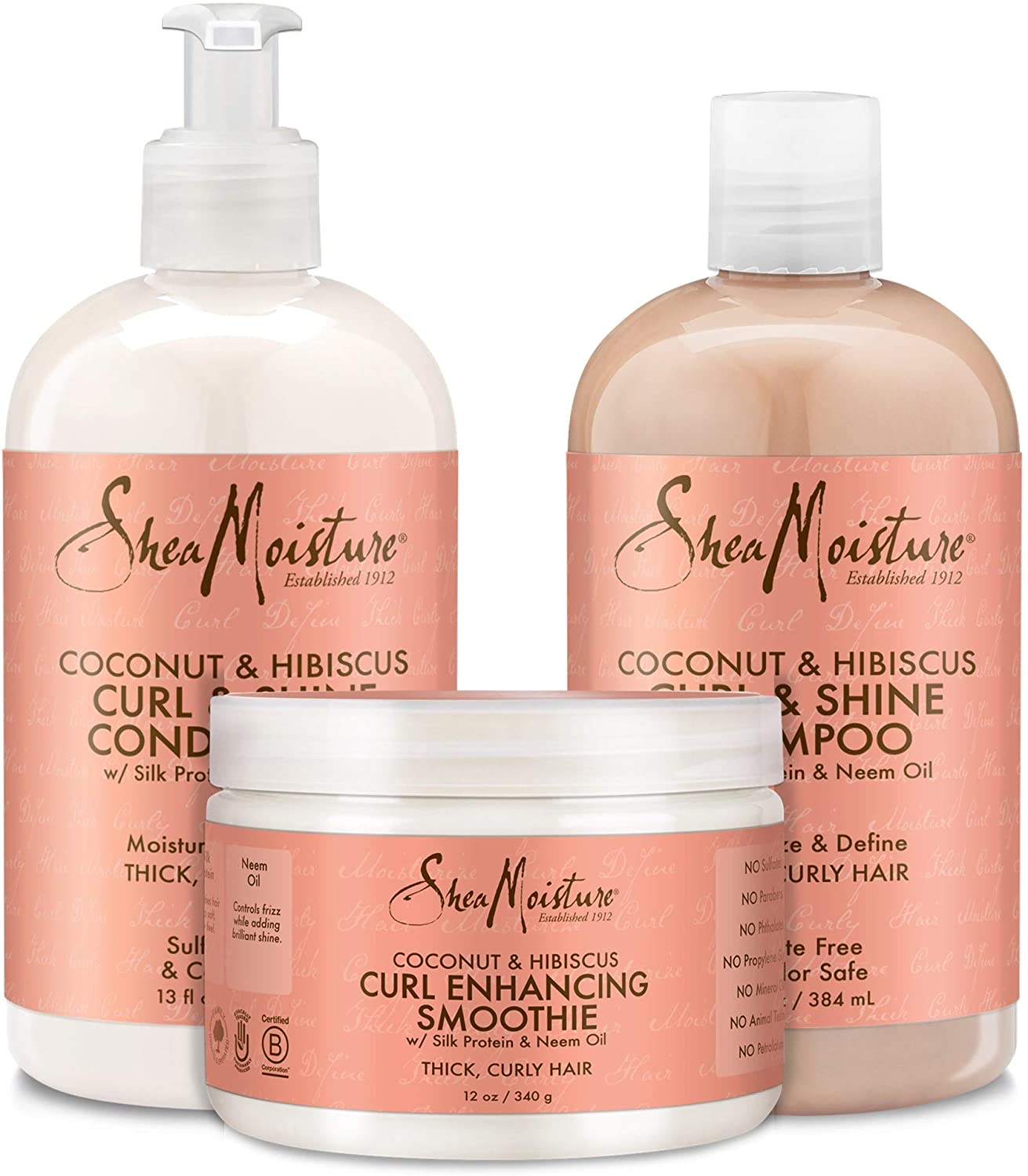
1. Start with the apex
Step cut is an ideal hairstyle for anyone seeking to inject lively movement into their style. The cascading steps of this cut highlight your face and draw out jawlines beautifully; additionally, it looks fabulous when worn by those with wavy or curly locks. Start by parting your hair at its apex on both sides of your head, setting a guideline for the remainder of the haircut. Work in smaller sections for easy guidance as you progress with your cutting. Be wary of cutting a short length as well. Also, err on the side of caution by cutting less at first; later, you can always recut. Finally, remember a soft approach when layer cutting for optimal blending, as this prevents dramatic peaks and valleys in your hair.
2. Part your hair
Maintaining the latest trends requires sectioning your hair. That’s how stylists achieve effortless-looking pixie cuts, bobs, and other styles; once you know where to begin, it may become easier! Start by dividing your head into seven sections for thicker tresses: top front (right and left), full back (left and right), bangs, one section near the nape area, and two side sections. Comb these small sections firmly before holding them firmly with pins. Although both step cut and traditional layers create movement within the strands, they each possess distinct styles that distinguish themselves as different looks. Step cutting features more delineated separations that work best on thick or wavy hair, while layer cuts blend seamlessly and work better for thin or straight manes.
3. Create a guideline
Layer cuts are ideal for giving thin locks some volume and volume-boosting. They feature texturized layers instead of distinct and prominent ones, like in a step-cut style. This haircut requires more finesse than others and should be approached carefully to prevent overcutting the first section. Therefore, working in thinner areas for optimal results for maximum precision is wise. Once you and your customer have agreed upon a base length for their haircut, create a guideline using a narrow section of the hair as an internal guideline that you will use on every other layer until reaching the desired length. Use this method for cutting remaining hair as this approach yields more precise results with reduced hair loss than other techniques.
4. Start cutting
Step-cut hair looks incredible and adds incredible bounce, volume, and style to your mane. Additionally, this type of haircut frames your face beautifully while making you appear sexy. Additionally, step cuts work wonderfully on curly locks as layers cascade down strands creating beautiful cascades. Hurtado describes her approach as using pie slices or “beach ball sections,” thin sections starting at the crown of your head that flare outward. She outlines how to trim these sections using your guideline as a benchmark. Step and layer cuts differ primarily by having noticeable length gaps; in contrast, layered haircuts feature evenly spaced layers that blend in. Thus, step cuts may be more suitable for thicker locks as their noticeable gaps help make the hair appear thinner than with layers that blend seamlessly together; nonetheless, both are significant options with both wavy and curly locks.

